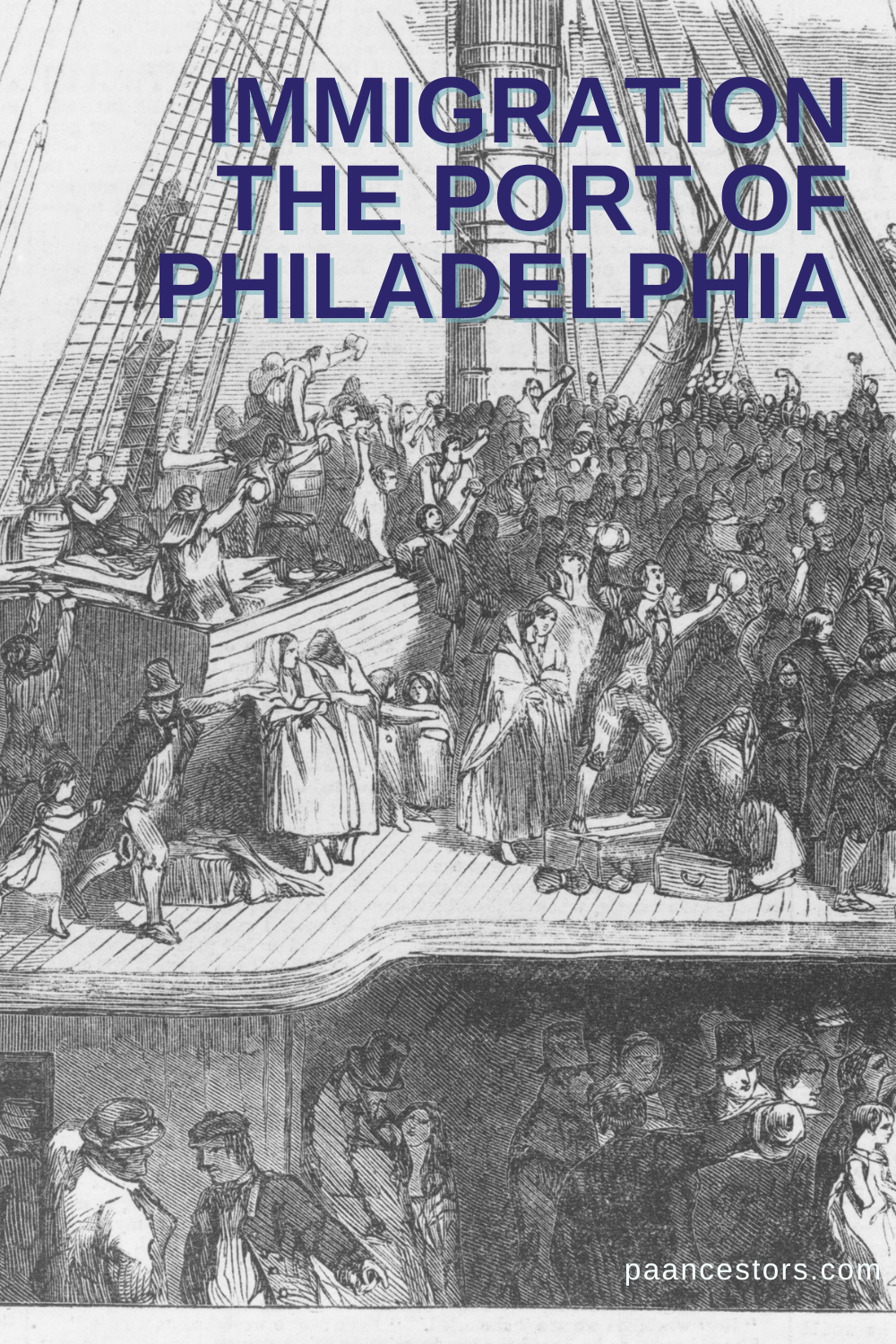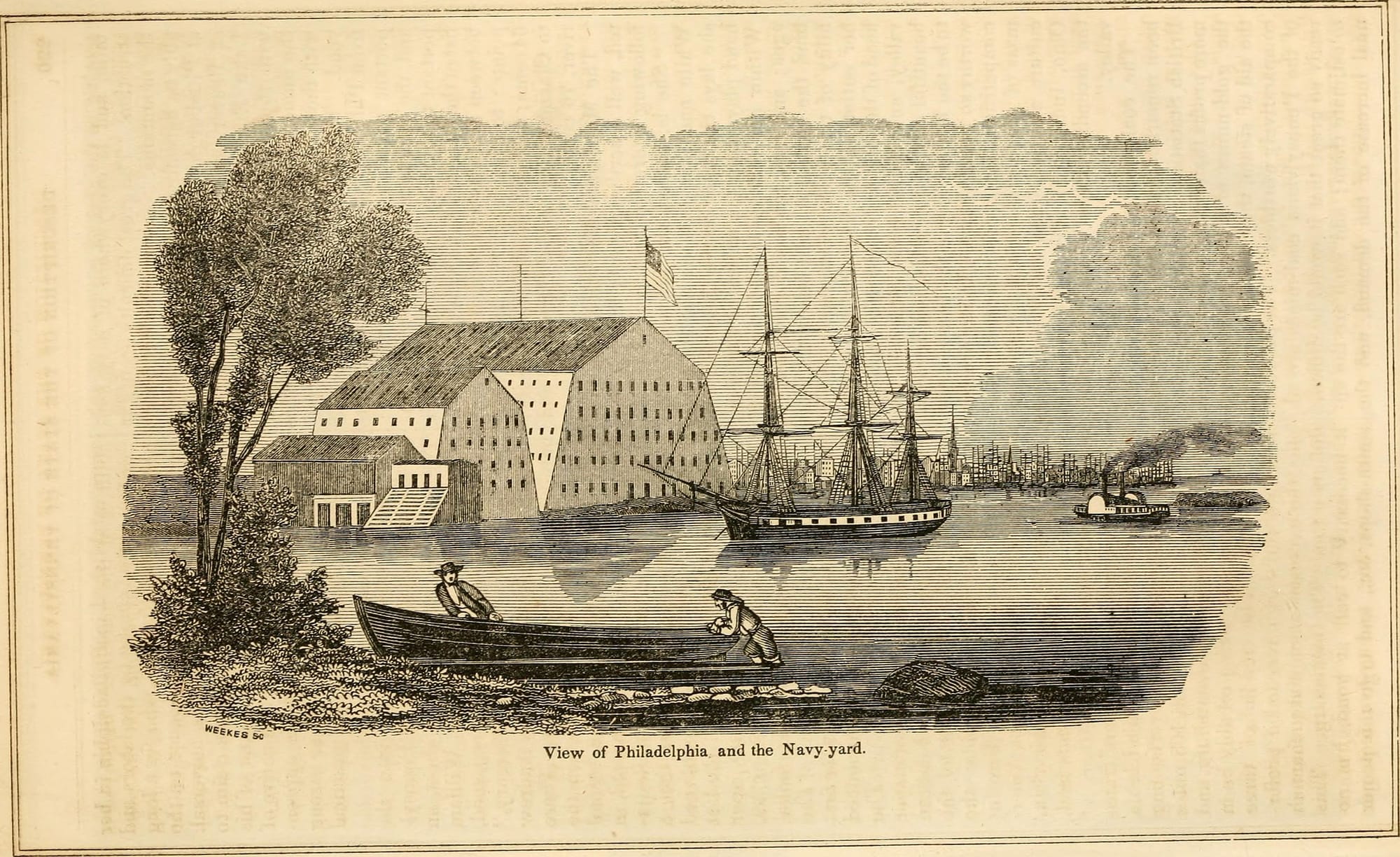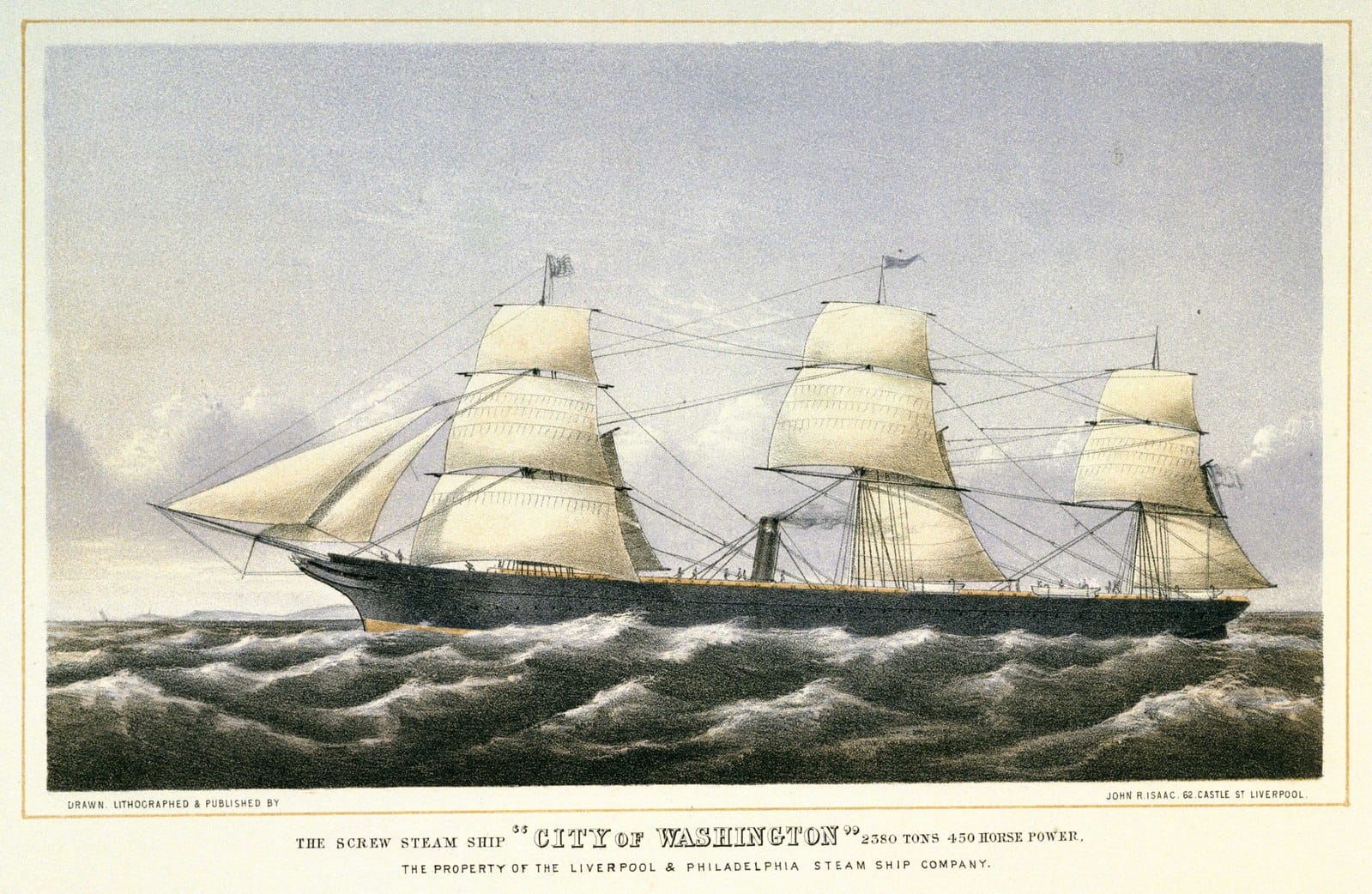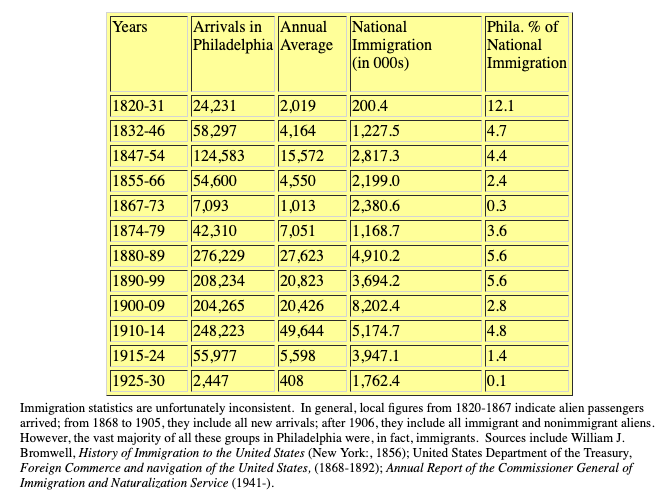Immigration into Pennsylvania: A Focus on the Port of Philadelphia
Genealogists often overlook Philadelphia as an entry point for immigration. From 1790 to 1924, the Port of Philadelphia was actively welcoming new immigrants to America.

Pennsylvania's history centers on immigration, mostly from Europe.
Each ethnic group who arrived in the province during the years prior to 1790, and then the state, were recorded differently. Genealogists often overlook Philadelphia as an entry point for immigration, favoring New York which is often a mistake for Pennsylvania residents.
This article explores the history of immigration to Pennsylvania from 1790 to 1924, with a special emphasis on the central role of the Port of Philadelphia.
The Port of Philadelphia: A Significant Entry to America
The Port of Philadelphia shaped the demographic and cultural landscape of Pennsylvania and the broader United States.
Operational from the city's founding through the significant immigration wave ending in 1924, the Port served as the entry point for both individuals and families. Arrivals during the colonial period numbered in the hundreds of thousands, but an exact number or even listing of names is unavailable due to choices in record keeping. About a quarter-million people arrived before 1873 and a flood of just over a million during the next 50 years.
In total, between 1815 and 1985 (the time period when federal immigrations were kept), more than 1.3 million immigrants entered America through Philadelphia. demonstrating the enduring role of Philadelphia in the nation's immigration story.

17th and 18th Centuries: The Foundations of Pennsylvania
Philadelphia's journey as an immigrant city began prior to its founding in 1681. Dutch and Swedish peoples had already established a colony outside the city limits along the Delaware River. The English who arrived were the third ethnic group.
Philadelphia was swiftly followed by the establishment of Germantown in 1683 by Dutch and German religious groups, marking the first settlement of non-British Europeans in any English colony.
By the time of the Revolution, about 70,000 Germans had landed there, alongside the largest share of over 150,000 Scotch-Irish migrants from Ulster, many of whom came as indentured servants or "redemptioners." The 18th century witnessed true mass migrations, particularly of from Germanic countries and Scotch-Irish, directly to Philadelphia.
19th Century: Steam Power Increases Immigration
The 19th century marked a period of significant growth in immigration patterns.
Despite the disadvantage of being smaller port located 200 miles further from Europe than New York, Philadelphia still saw a quarter-million immigrants arrive by 1873. The introduction of steamship lines in 1850, notably with William Inman and his partners founding the city's first steamship line, revolutionized immigration, making the journey faster and more accessible.
Over 120,000 immigrants arrived between 1847 and 1854, establishing Philadelphia as the nation's fourth-largest immigrant port.

Late 19th to Early 20th Century: Peak Immigration
This era witnessed massive increases in numbers, with over a million immigrants arriving from 1873 through the 1920s.
The demographic composition began to shift from German and Irish, to significant numbers of Russian Jews, Eastern Europeans, Greeks, and Italians. The establishment of modern steamship companies like the American Line in 1873 and the Red Star Line facilitated this influx, marking a resurgence of Philadelphia as a key immigrant port.
Mid to Late 20th Century: Pause and Restart
The Immigration Act of 1924 marked a steep decline in arrivals, introducing quotas that significantly limited immigration.
However, the Immigration Act of 1965, re-started new, though smaller, waves of immigration from Eastern Europe, Cuba, the Soviet Union, and Indochina, among others, increasing the variations of ethnicities in Philadelphia and Pennsylvania.
Researcher Fredric Miller compiled this chart of statistics:

Conclusion: The Enduring Impact of Immigration
From the early settlements of Germantown to the peak of immigration of the 19th and early 20th centuries, each wave of immigrants settled into Pennsylvania’s cities. When the large-scale era of immigration ended in 1924, Philadelphia’s use as a immigration hub ended too. Genealogy research should incorporate a s
Sources:
Miller, Fredric M., "Philadelphia: Immigrant City," Balch Resources, Historical Society of Pennsylvania (http://www2.hsp.org/exhibits/Balch resources/phila_ellis_island.html : accessed 11 Feb 2024).
© 2019–2024 PA Ancestors L.L.C. and Denys Allen. All Rights Reserved.
